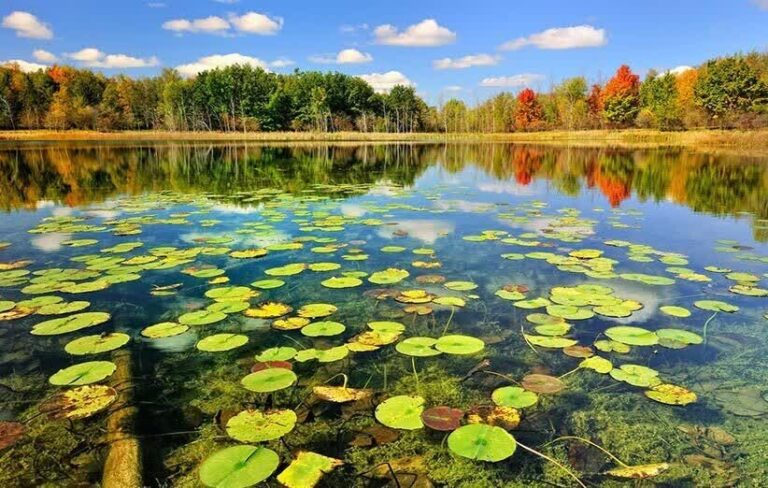TEHRAN – On the eve of World Wetlands Day, which is held on February 2 every year, a podcast series introducing domestic and international wetlands has been launched, with the first episode dedicated to Anzali wetlands in northern Iran.
The Ramsar Regional Center for Central and West Asia has made 12 episodes of the podcast available to Castbox users.
The episodes are currently available in Farsi, but will be available in English soon.
For now, this podcast will provide general information about Iran's international wetlands, but will soon include information about wetlands in West and Central Asia.
World Wetlands Day Celebration
World Wetlands Day is celebrated on February 2nd every year. This year's World Wetlands Day will be celebrated in the Ramsar city of Mazandaran province.
The day aims to raise global awareness of the important role of wetlands for people and the planet. The theme of World Wetlands Day 2024 is wetlands and human well-being.
This theme recognizes the importance of wetlands to people and nature and emphasizes the intrinsic value of wetland ecosystems and their benefits and services, including their contribution to sustainable development and human well-being.
World Wetlands Day commemorates the adoption of the Wetlands Convention on February 2, 1971 in the Iranian city of Ramsar on the coast of the Caspian Sea.
It came into force in 1975. Since then, almost 90 percent of UN member states from all geographic regions of the world have agreed to become “Parties.”
The Wetlands Convention is an intergovernmental treaty that provides a framework for the protection and wise use of wetlands and their resources.
A total of 172 countries and approximately 2,503 international wetlands are party to this international treaty.
The importance of wetlands
Wetlands are essential for countless benefits, or “ecosystem services,” that they provide to humanity, from freshwater supplies, food and building materials, and biodiversity to flood control, groundwater recharge, and climate change mitigation.
However, study after study shows that wetland area and wetland quality continue to decline in most regions of the world. As a result, the ecosystem services that wetlands provide to people are compromised.
The Ramsar Convention defines wetlands broadly. This includes all lakes and rivers, underground aquifers, swamps, wet grasslands, peatlands, oases, estuaries, deltas, tidal flats, mangroves, other coastal areas, coral reefs, and all fish ponds and rice. Contains man-made land. Rice fields, reservoirs, salt pans.
In Iran, 141 wetlands of ecological value have been identified with an area of over 3 million hectares, of which 25 wetlands are designated as Wetlands of International Importance (registered under the Ramsar Convention). It covers an area of over 1.4 million hectares and has four biosphere reserves. .
The Ministry of the Environment has determined water rights for 11 of the 25 wetlands registered under the Ramsar Convention, but looking at the conditions of the wetlands, it is clear that water rights have not been fully fulfilled.
Due to insufficient rainfall and recent droughts, as well as the non-implementation of some of the Ministry of Environment's programs to protect wetlands, approximately 2 million hectares of the country's 3 million hectares of wetlands are now dry. It has turned into sand. And specks of dust.
Environment Ministry officials said comprehensive management plans have been prepared for 44 wetlands in the country.
The unique characteristics of wetlands, such as groundwater management, climate change adaptation, local community livelihoods through fishing, livestock grazing and agriculture, natural water purification, pollutant purification and absorption, and nature tourism, make wetlands Sustainable management and protection of wetlands has become essential. Human, ISNA quoted Jare Amini.
Environmental management based on a holistic approach is a strategy for managing land, water and living resources in an integrated manner and promoting a balance between conservation and sustainable use.
This approach is the main framework for action under the Convention on Biological Diversity. Indigenous approaches place people and their use of natural resources at the very center of decision-making.
MT/MG

